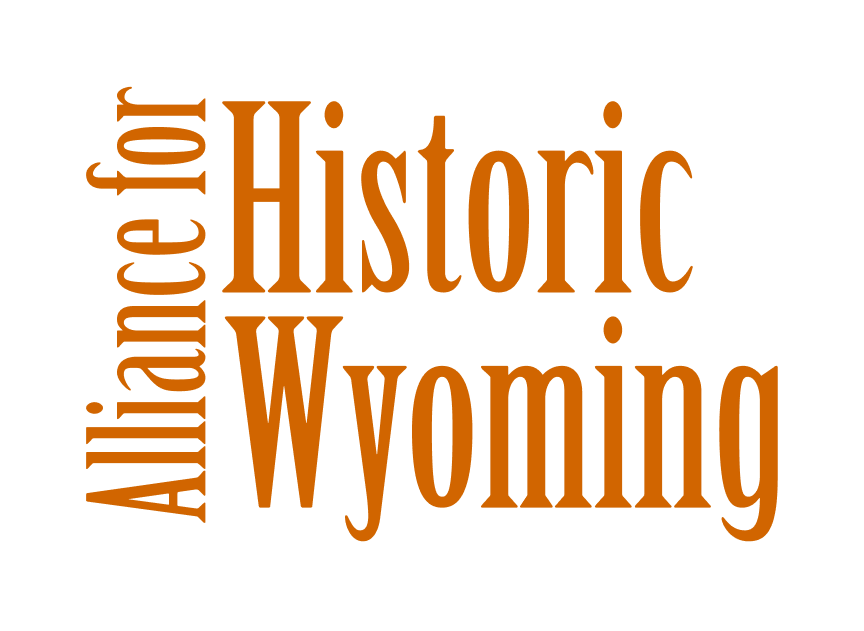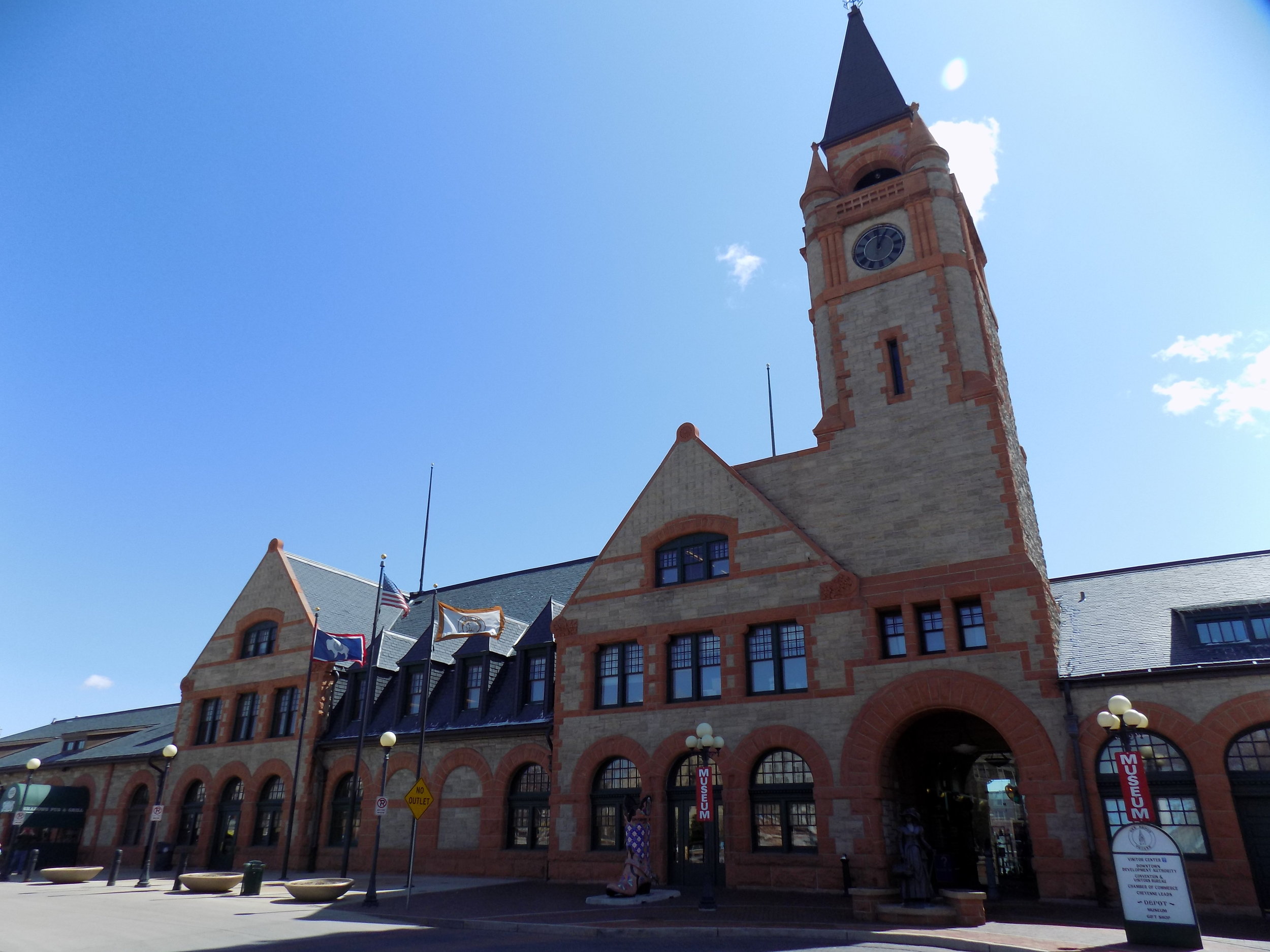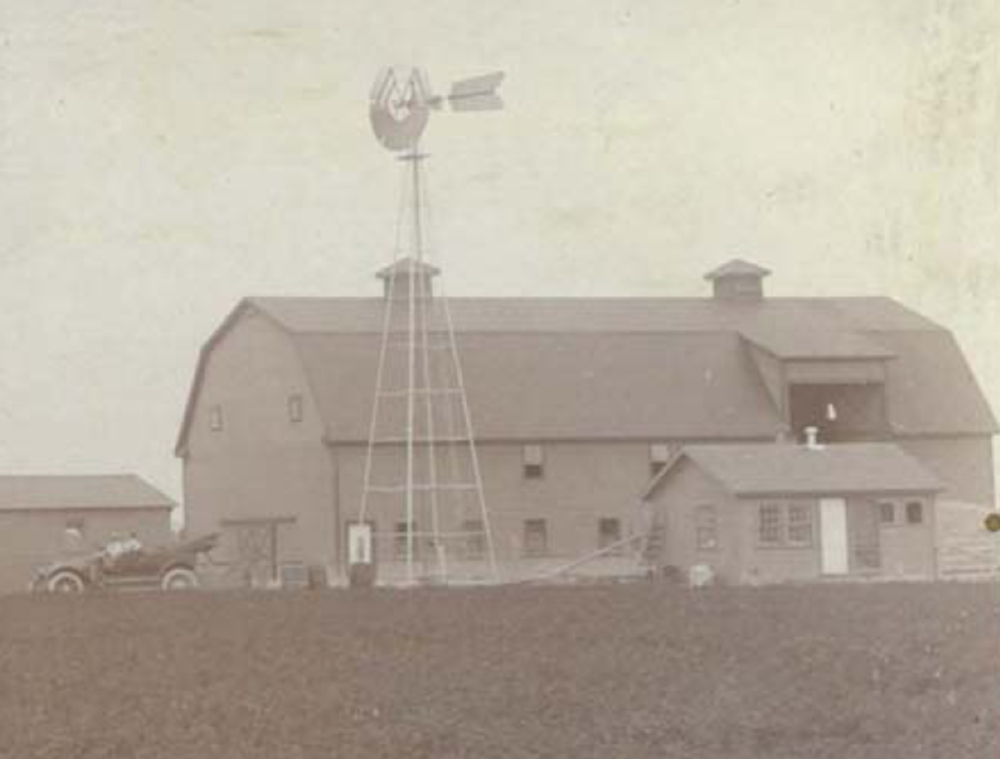By Luke Anderson
November 30, 2016
Downtown Cheyenne extends outward from Capitol Avenue, which is anchored on the north and south ends by two towers. The tower on the north end of Capitol Avenue is, of course, the large gold dome of Wyoming’s State Capitol building. On the south end of Capitol Avenue is the Union Pacific Railroad Depot. The two towers give downtown Cheyenne a unique skyline among Wyoming cities. The depot was constructed in 1887, just one year after the capitol building. While cities across Wyoming of various sizes also boast striking railroad depots, Cheyenne’s depot is truly magnificent, as the Union Pacific wanted to give the major stop along the line a statement building.



 Henry Van Brunt created an archetypal Richardsonian Romanesque building in Cheyenne’s Union Pacific Depot building. The large windows on the main level are capped with semicircular arches and the roof is hipped with two prominent projecting gables. The walls are constructed of rock-faced ashlar laid in broken courses with minimal detailing which is also characteristic of Richardsonian design. Lastly, the defining element of the depot is its tall square clock tower, with four semicircular arches just below the tower roof.
Henry Van Brunt created an archetypal Richardsonian Romanesque building in Cheyenne’s Union Pacific Depot building. The large windows on the main level are capped with semicircular arches and the roof is hipped with two prominent projecting gables. The walls are constructed of rock-faced ashlar laid in broken courses with minimal detailing which is also characteristic of Richardsonian design. Lastly, the defining element of the depot is its tall square clock tower, with four semicircular arches just below the tower roof. 


